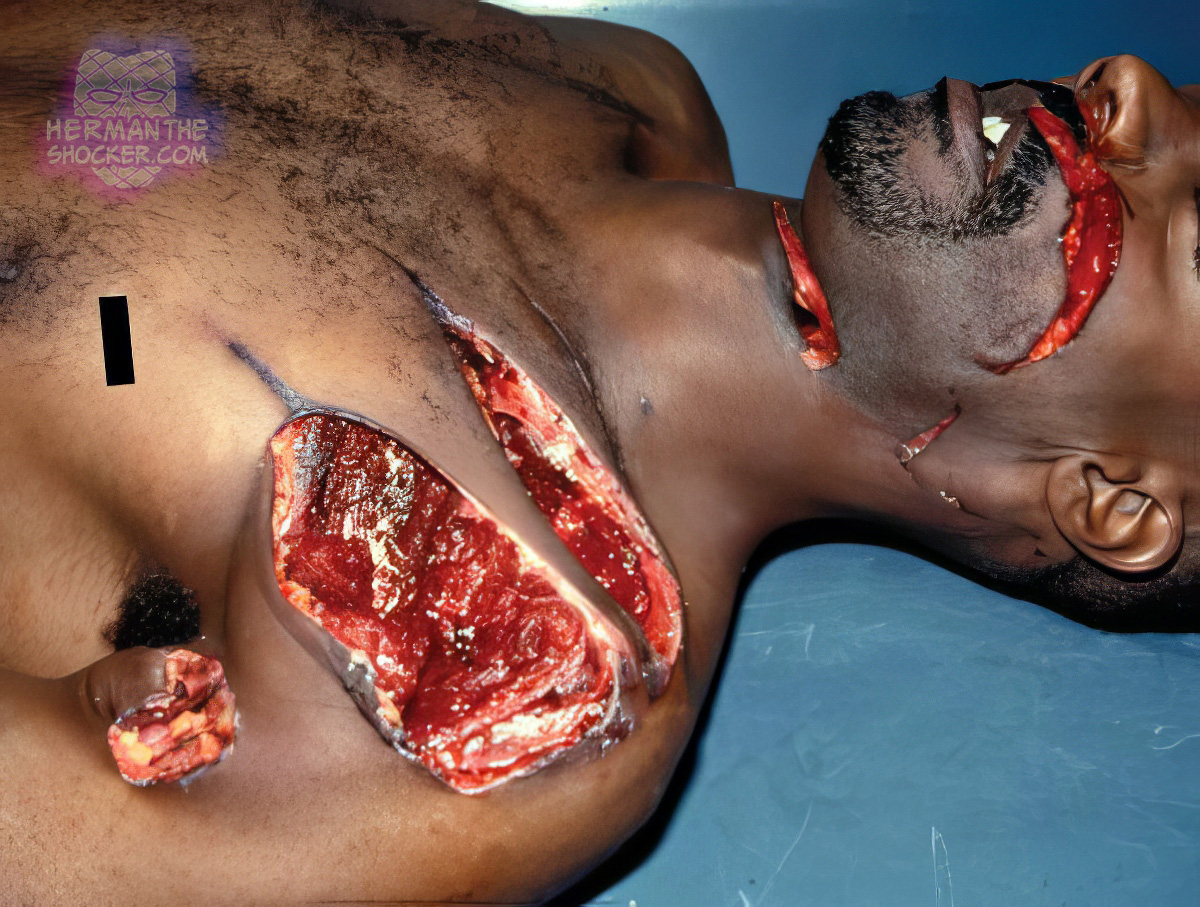A man drove his watercraft into the port side of a boat. The propeller wounds begin on the face and continue down the neck onto the left shoulder and left upper arm. A wound across the forehead fractured the frontal bone, including the orbital plates. This wound also transected the frontal lobes. Experimentation with the port propeller on a block of clay reproduced the wounds and allowed the determination to be made that the young man went feet first into the port propeller and not the starboard propeller.
Fatal propeller accidents typically occur in aviation or maritime contexts when individuals come into contact with a moving propeller. In aviation, incidents often involve ground crew, passengers, or bystanders inadvertently walking into spinning propellers during aircraft operation. In maritime settings, such accidents often happen near boats, with swimmers or individuals in the water striking a spinning boat propeller. These accidents can result in severe trauma, amputations, or instant fatality due to the propeller’s high speed and sharp blades.
Key contributing factors include lack of situational awareness, inadequate safety barriers, poor visibility, or operator error. Preventative measures involve rigorous safety protocols, use of guards or shields around propellers, clear demarcations of danger zones, and proper training for operators and passengers. Raising public awareness about the risks, especially in recreational boating or small-aircraft operations, is essential to minimize these tragic incidents. Prompt emergency response can sometimes reduce fatal outcomes.
Latest posts










